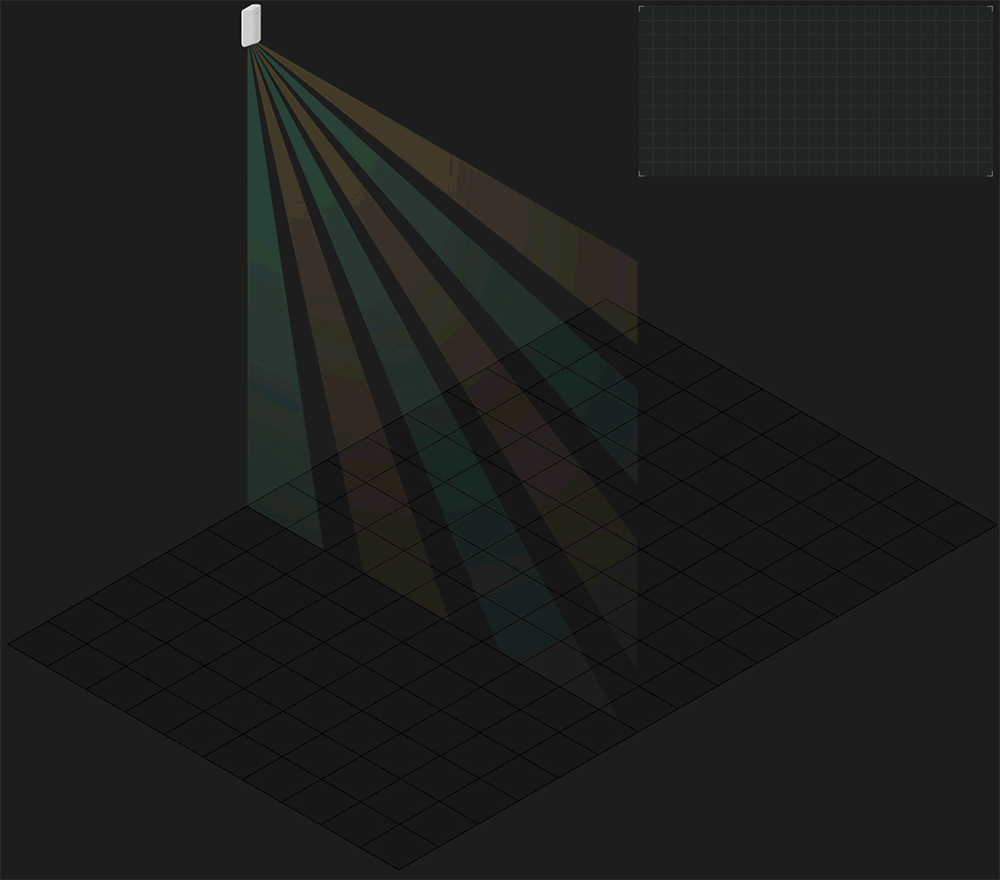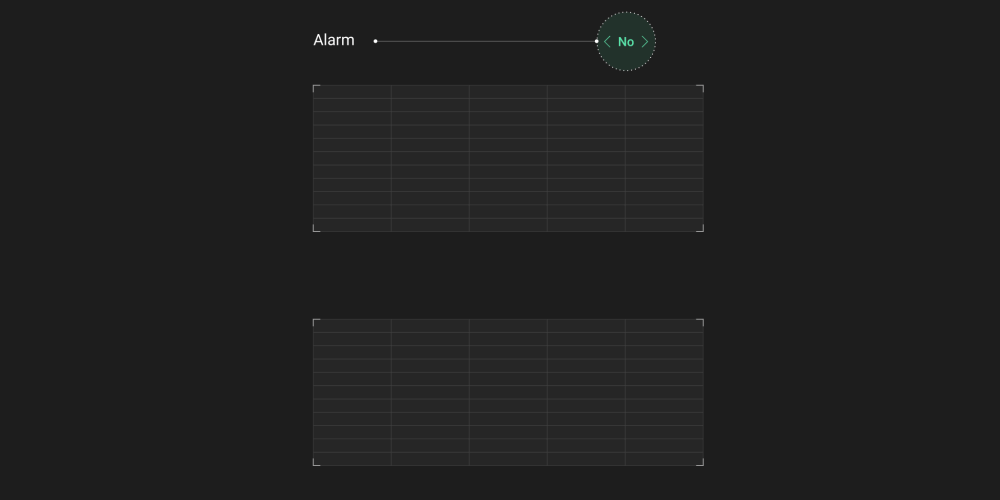Correlation signal processing is a method of protection against false alarms, which is used in “curtain” type motion detectors such as MotionProtect Curtain Jeweller and Curtain Outdoor Jeweller.
Motion detectors based on PIR sensors capture infrared radiation or, in other words, the heat.
Sometimes they say: “The motion detector saw a person.” In fact, these devices do not see objects, animals, or people, they only process data.
The detector’s optical system focuses infrared radiation onto the PIR sensor of the detector. Then the sensor signals are sent to the microprocessor, which converts them to digital data. And then analysis and evaluation take place. Knowing the intensity of infrared radiation and the dynamics of the source movement, software algorithms determine the nature of the threat, and the detector makes a decision: to ignore the signal or raise an alarm.
How correlation signal processing works
Correlation signal processing is optional and can be activated in the detector settings. When the option is enabled, the detector analyzes signals from two PIR sensors in three stages:
- The detector responds only if infrared radiation is detected by both sensors. If only one of the PIR sensors has transmitted a signal specific for movement, the detector cuts it off as an interference. This is the first level of protection against false alarms.

Orange — visibility areas of the first PIR sensor, green — visibility areas of the second PIR sensor
- Signals of the two sensors are analyzed by the SmartDetect algorithm, which analyzes their duration and character (intensity), and cuts off the interference.
- The data from the PIR sensors of the detector undergo correlation signal processing (are checked for similarity). If signals are identical, the detector raises an alarm. If signals are different (for example, caused by different sources), the alarm is ignored.

How the detector works if correlation signal processing is disabled
When correlation signal processing option is disabled, the detector transmits the alarm to the hub when detecting infrared radiation specific for movement even with one PIR sensor.

When is it recommended to use correlation signal processing
Correlation signal processing should be enabled in situations as follows:
- The detector reacts to interference and gives false alarms at the installation site, but it is not possible to install it on another site.
- Potential sources of false alarms — air conditioners, fans, open windows, or other sources of drafts (air currents contrasting in temperature) exist at the installation site.
Note that when correlation signal processing is enabled for MotionProtect Curtain Jeweller, its motion detection range decreases. The final range depends on the sensitivity of the detector:
| Sensitivity | MotionProtect Curtain Jeweller мotion detection range | |
| Correlation signal processing enabled* | Correlation signal processing disabled* | |
| Low | Up to 6 m | Up to 11 m |
| Normal | Up to 7 m | Up to 13 m |
| High | Up to 8 m | Up to 15 m |
